
Fiat 500 C interior, tech and comfort
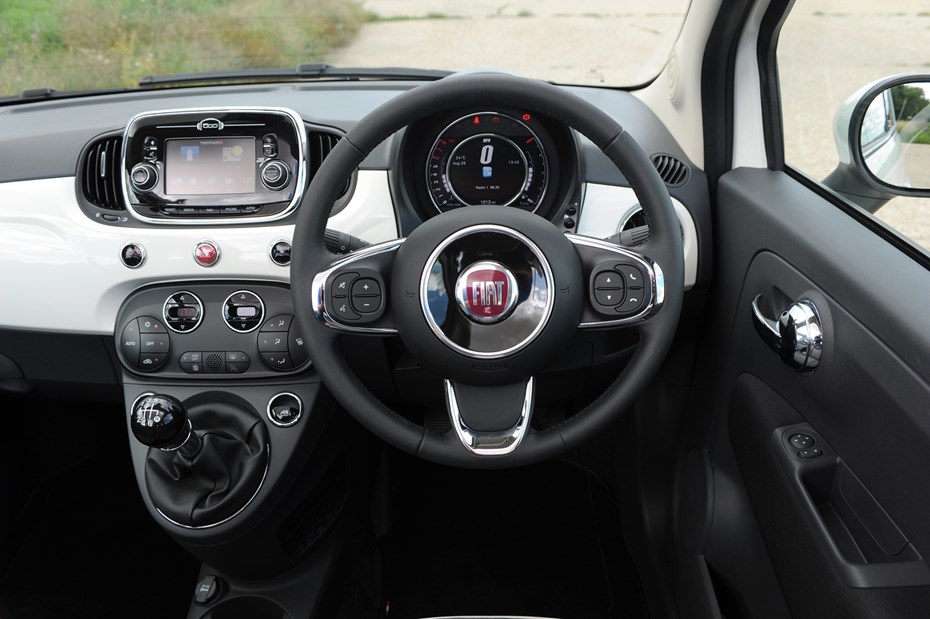
- Dashboard is as distinctive as the bodywork
- All controls within easy reach and feel robust
- Plastics and build quality are fine at this price
Sat behind the 500C’s oversized steering wheel, you couldn’t be inside another car other than Fiat’s smallest model.
It’s proof positive that city car interiors needn’t be joyless, monochromatic affairs, furnished with surfaces that you try your hardest not to come into contact with.
Sure, the 500C’s cabin isn’t graced with expensive, squidgy soft-touch plastics, but there’s been careful thought into the design and contrasting colours to make it feel special.
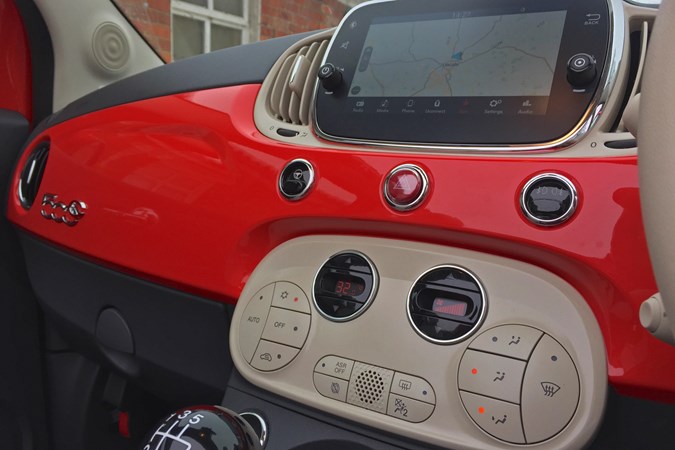
All of the switchgear is shared with other Fiats, although they don’t come in the off-white finish that hallmarks many 500Cs.
It’s very straightforward and easy to use, although the optional Uconnect multimedia touchscreen is a bit fiddly courtesy of its small graphics.
That theme continues with the instrument binnacle itself – a completely digital arrangement has been optional since 2015 – that also has small fonts.
One niggling gripe relates to the indicator stalk: theoretically it should be easy to nudge it up and down for a trio of flashes of the indicators, but in our experience of a number of 500 derivatives, it rarely works, requiring the stalk to be switched fully to left or right for the lights to be activated. Hardly a deal-breaker, admittedly, but an annoyance all the same.
Few will find the driving position ideal, either. Annoyingly the steering wheel only adjusts for height, rather than distance to the driver, which can make taller drivers feel as though it’s a bit of a stretch.
Models fitted with a height-adjustable seat – Lounge and S have this as standard – are unlikely to find Fiat’s solution particularly satisfying. Unlike rivals’ systems that raise or lower the entire seat frame, only the rear of the 500C’s cushion drops, creating a gap between it and the seatback. As covered in the Comfort section, this can create issues when the roof’s retracted.
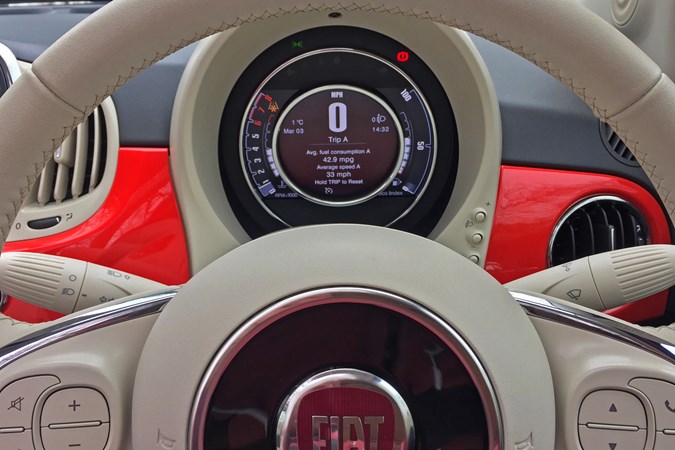
- Air scooped into cabin when roof retracted
- Ride can feel tiresome on longer journeys
- Lots of engine noise at higher speeds
In most regards the comfort characteristics – and drawbacks – offered by the Fiat 500C mirror those of its hatchback counterpart – in other words, better at lower speeds and when the road surface is smooth.
You can help yourself out here by avoiding the largest of the wheel sizes available on the 500C. Entry-level Pop models have 14-inch steel wheels as standard, but Pop Star, Lounge and S versions have 15-inch alloys as part of their kit lists.
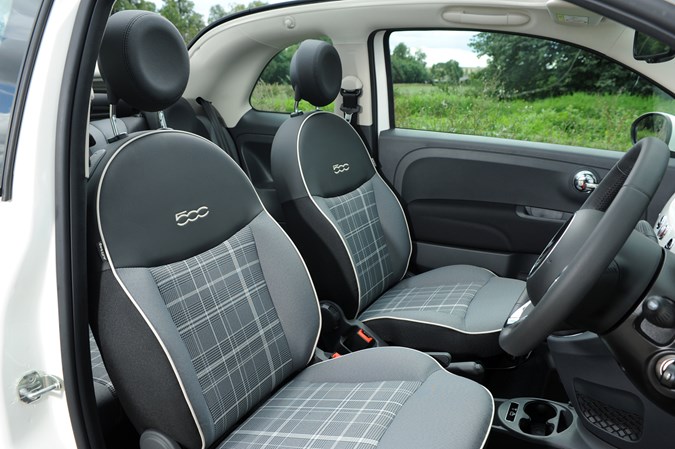
That’s as large as we’d recommend going for, avoiding the optional 16-inchers, or the larger rims fitted to Abarth-badged 595 and 695 Convertible derivatives.
Of course, the Fiat’s relatively short wheelbase – that helps with its agility – plays a negative role in terms of ride comfort, particularly at higher speeds and over undulating surfaces
Naturally, this is less pronounced at slower, urban speeds provided the road surfaces are smooth.
Taller drivers in particular will find the 500C’s driving position unorthodox at best, and uncomfortable at worst. Sliding the seat back for sufficient legroom is fine, but it also highlights the fact that the large steering wheel only adjusts for height, and not for closeness to the driver.
Similarly, those of above average height will likely want to lower the seat (a standard feature on Lounge and S models), but as previously highlighted this function merely tilts the rear end of the cushion downwards within the seat frame – your head’s further away from the roof, but there’s a letterbox-shaped gap at the base of your seat.
Fiat 500C uncomfortable with the roof open
Roof closed and that seat slot causes no dramas. Overall, the cabin remains admirably quiet (at lower speeds when the engines aren’t being worked as hard) when the fabric top is in situ, and the heating system manages to keep the space sufficiently warm.
The situation’s less rosy when the roof’s retracted all the way back, though. First and foremost, the 500C’s heating feels far too feeble, even ramped up to its highest temperature and fan speed. Compounding the problem is that cold, external air is scooped into the cabin by the concertinaed roof, forcing it towards the back out the front seats, and for taller drivers, into that gap where their lower back is exposed.
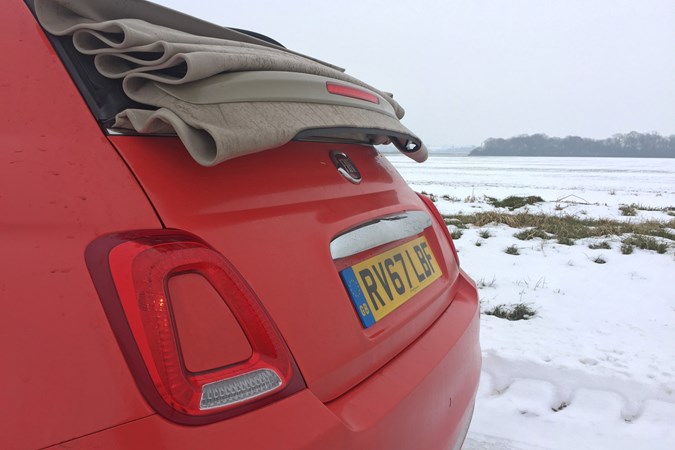
Passengers consigned to the rear who already have a lack of legroom to contend with will bear the brunt of the wind buffeting – closing the roof up merely highlights how little headroom there is for taller adults, too. It’s definitely a back seat that’s best reserved for younger kids.
As you’d expect, there’s some wind noise around the opening when the roof’s retracted, too, but it’s not loud enough to disrupt a conversation held at normal volume, although a phone call over the Fiat’s Bluetooth connection is less likely to be successful.


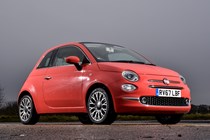
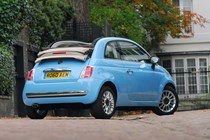
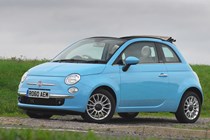
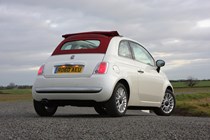
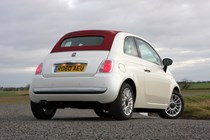
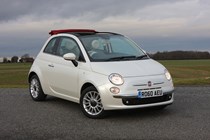
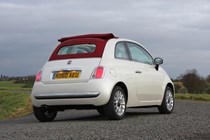
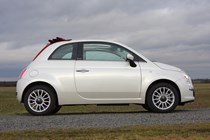
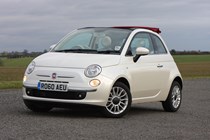
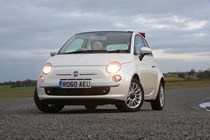

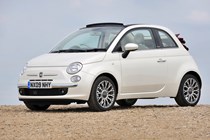
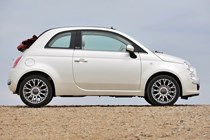
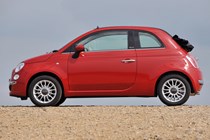
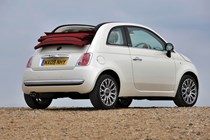
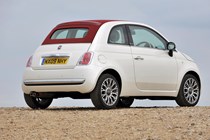
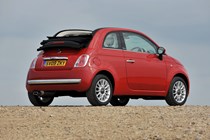
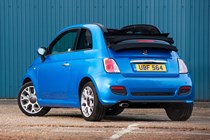
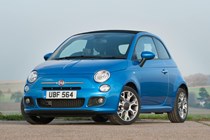
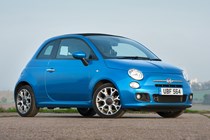
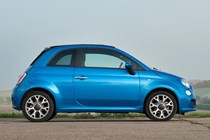
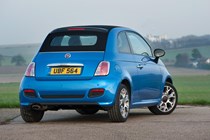
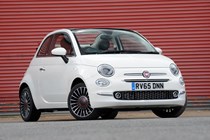
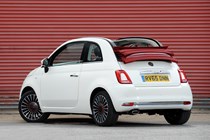
.jpg)
.jpg)
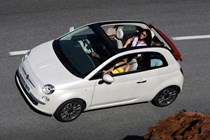
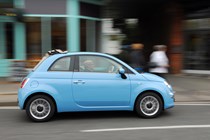
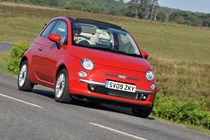
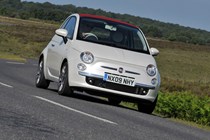
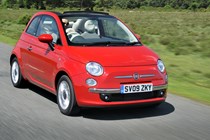
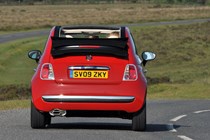
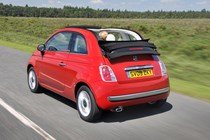
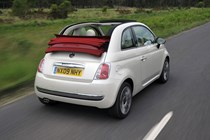
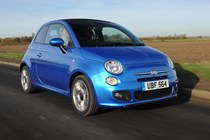
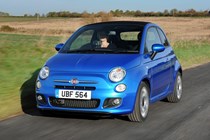
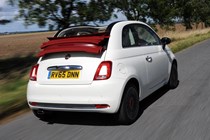
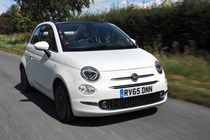
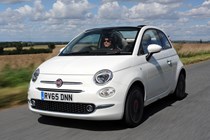
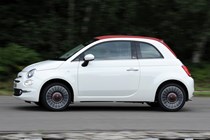
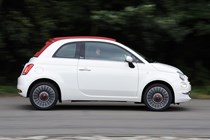
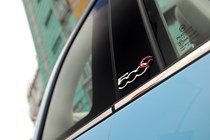
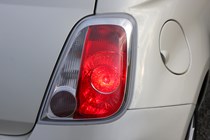
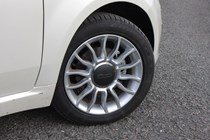
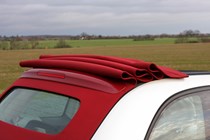
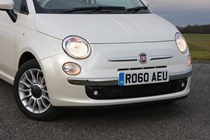
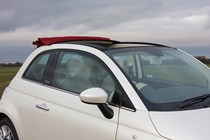

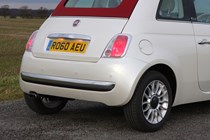
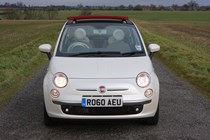

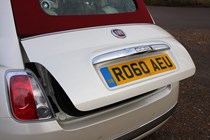
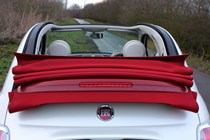

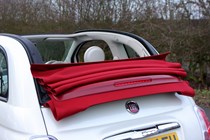
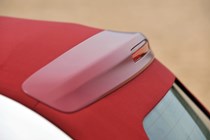
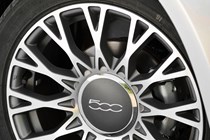
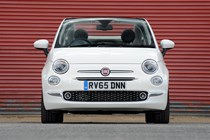
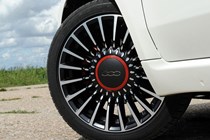
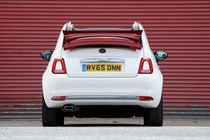

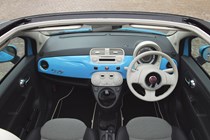

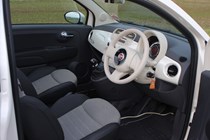
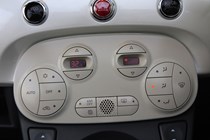
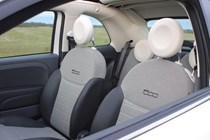
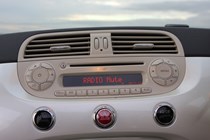
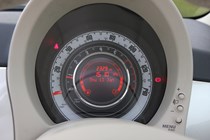
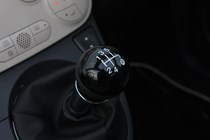
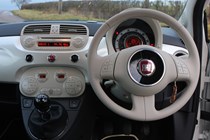
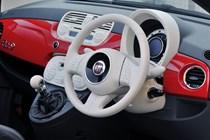
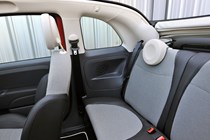
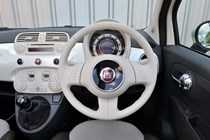
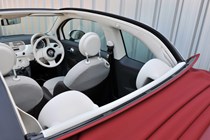
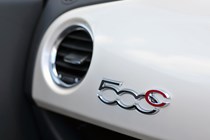
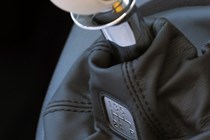
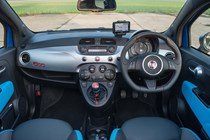


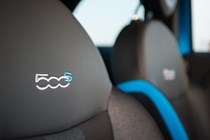
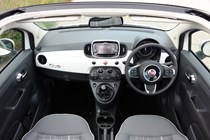
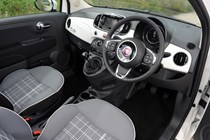
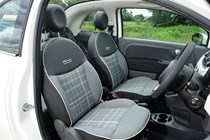
.jpg)
.jpg)
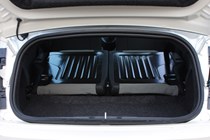
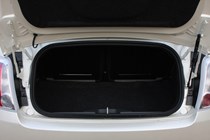
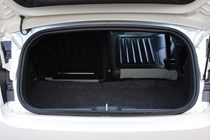
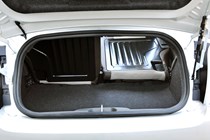
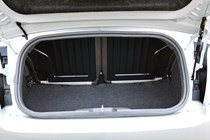

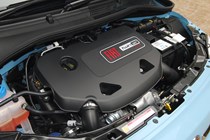
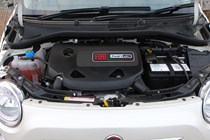
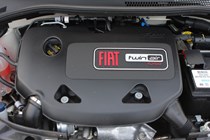
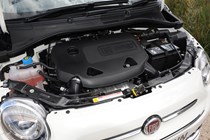
























.jpg?quality=50)
.jpg?quality=50)

























































.jpg?quality=50)
.jpg?quality=50)









